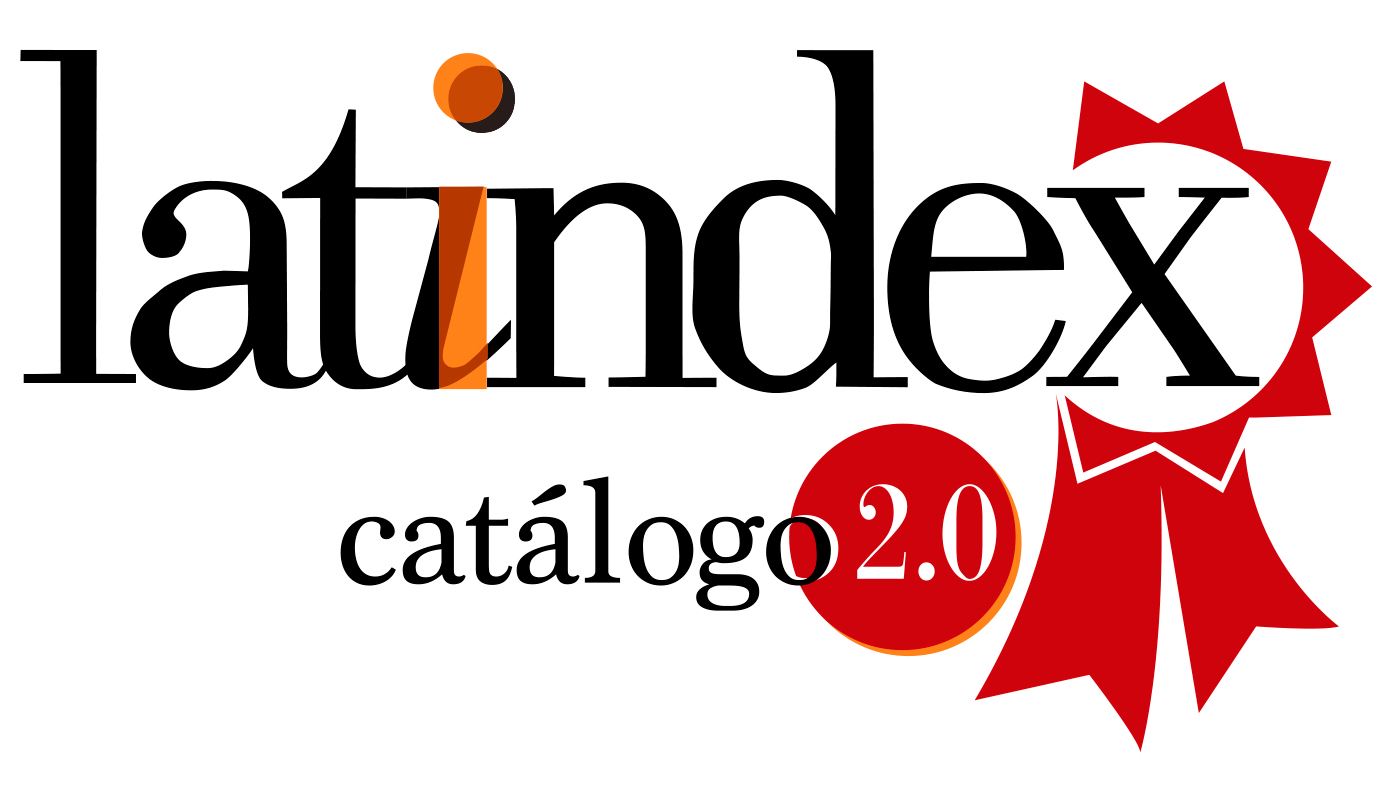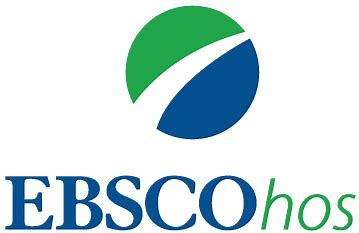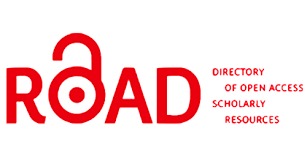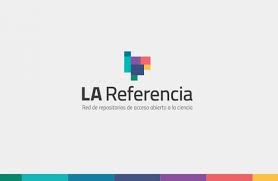Impacto de las ferias vocacionales en la orientación vocacional
DOI:
https://doi.org/10.33539/avpsicol.2013.v21n1.309Palavras-chave:
Orientación vocacional, ferias vocacionalesResumo
En la presente investigación se busca determinar el impacto de las ferias vocacionales en la orientación vocacional. La muestra estuvo conformada por 215 estudiantes de sexo femenino, cursando el 5to de secundaria y egresadas de secundaria, con edades entre los 15 y los 25 años, procedentes de centros educativos estatales y particulares de Lima. El instrumento utilizado fue un cuestionario de tipo opciones múltiples. Los resultados hallados son: El grupo de estudiantes evaluado, manifiesta que 82.8 % tienen una decisión sobre que carrera profesional estudiar y un 17.5% no tiene dicha decisión. Las fuentes de información en orden de importancia que han utilizado para tomar su decisión vocacional son: el Internet, libros especializados y periódicos, revistas y las ferias vocacionales. Los criterios utilizados en orden jerárquico, en la toma de decisión de la profesión son: “la profesión que más le gustó”, “el prestigio de la profesión” y “la recomendación de familiares y/o amigos”. En relación al nivel de ayuda proporcionado por las ferias vocacionales para su toma de decisión, el 57.2 % consideran que las ferias vocacionales aportaron poco en su decisión, mientras que el 36.7% opinan que fueron de marcada importancia en su elección profesional. En relación al grado de importancia que otorgan a los componentes presentados en las ferias vocacionales, las estudiantes le dan mayor importancia a la explicación oral (71.6%), mientras que un 20.9% se interesó por la información escrita. Finalmente en relación a la posibilidad de poder considerar la conveniencia de la continuidad de las Ferias Vocacionales (FV), hallamos que el 91% opina a favor de seguir realizando estos eventos. El impacto de la FV en la orientación vocacional es parcial.









